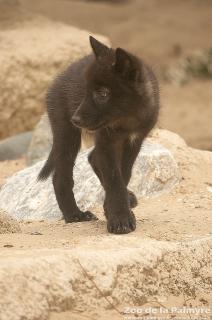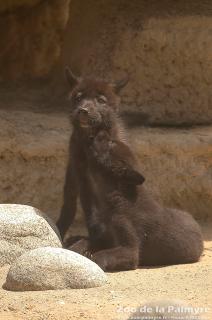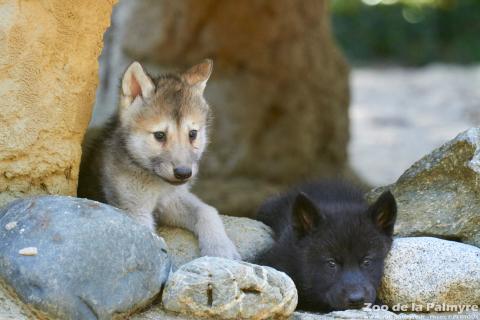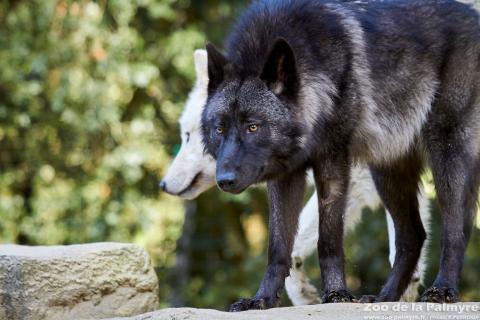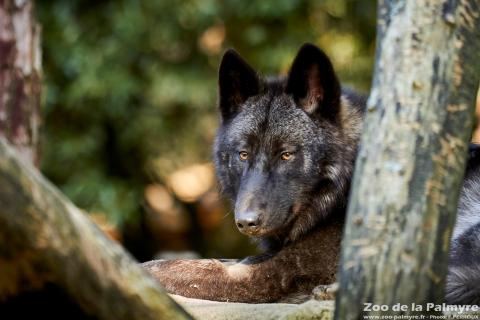Northwestern Wolf

Northwestern Wolf

-
Class
Mammalia -
Order
Carnivora -
Familly
Canidae
-
 60-90cm to withers
60-90cm to withers -
 up to 60kg
up to 60kg -
 2 months
2 months -
 3–10
3–10 -
 up to 15 years in zoos
up to 15 years in zoos
-
Diet
carnivorous (moose, musk ox, caribou...) -
Habitat
plains, tundra, mountains, forests -
Range
northern USA and Canada -
Population in the wild
Stable -
IUCN REDLIST status


Wolves live in packs generally comprising a dominant (alpha) couple and their offspring, including young from previous years. Highly hierarchical, packs are based on relationships of domination and submission, and the alpha couple is usually the only one to breed, unless environmental conditions (an abundance of prey in particular) allow otherwise.
Wolves, long poisoned or trapped for their fur or because they prey on cattle, have seen their territories reduced by almost a third. Although today they are a protected species in many countries, and despite a natural recolonisation of some of their old territories, they are still considered harmful, especially in sheep-breeding regions. Yet they play a major ecological role: as super-predators, they regulate wild ungulate populations, preventing the over-grazing of some tree or plant species.

